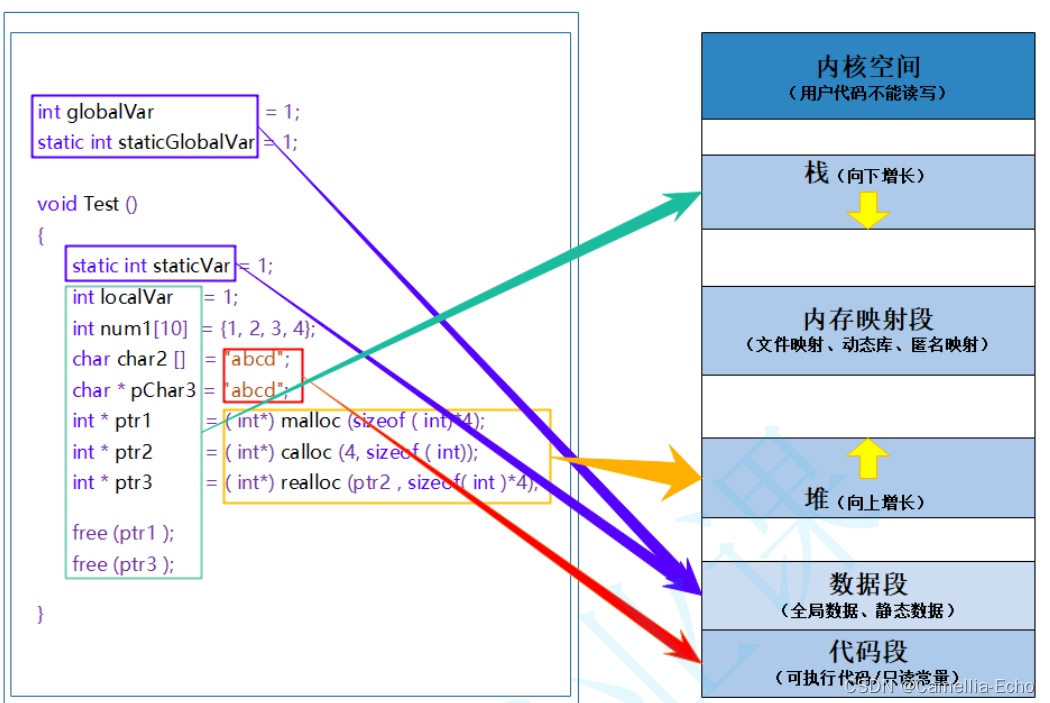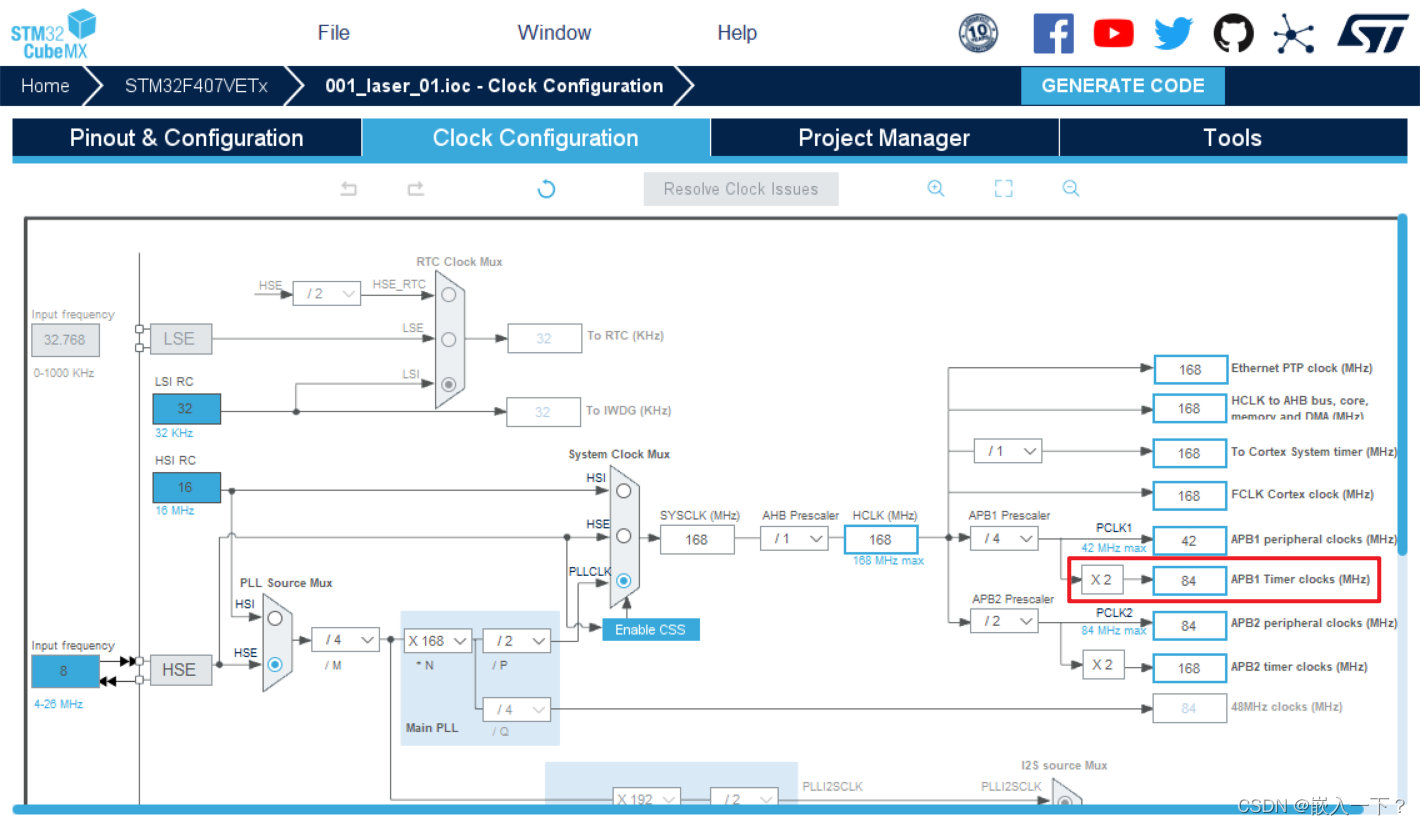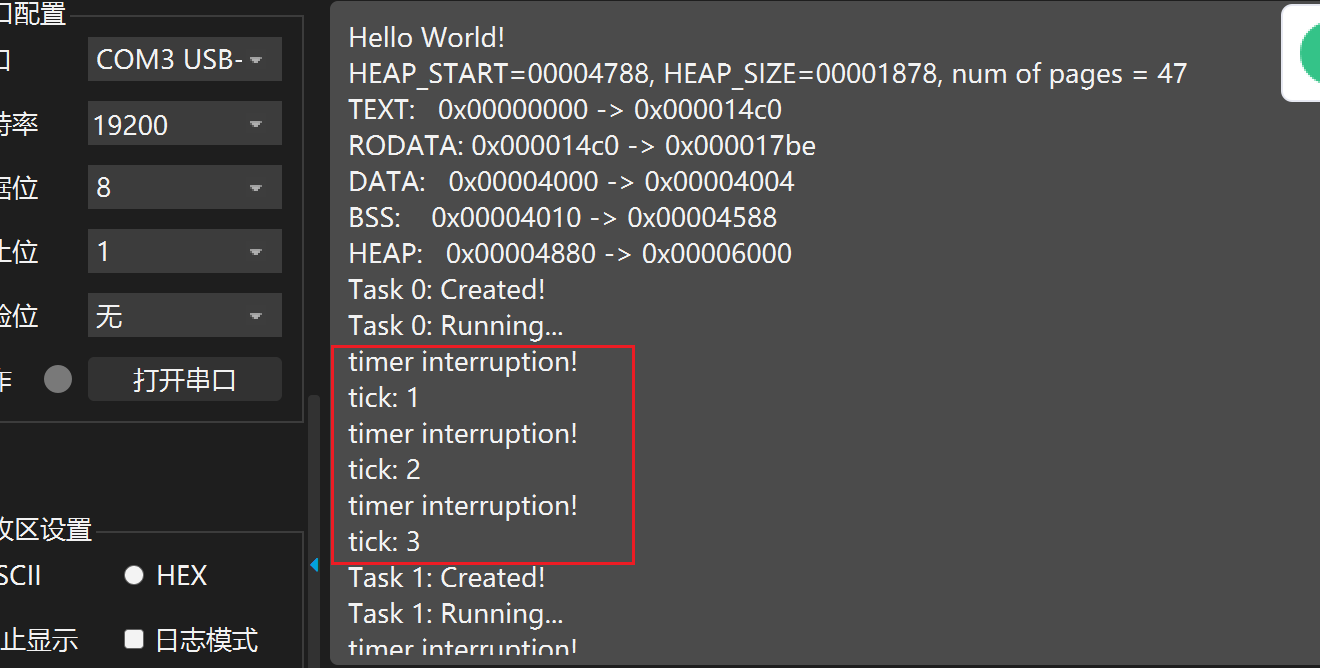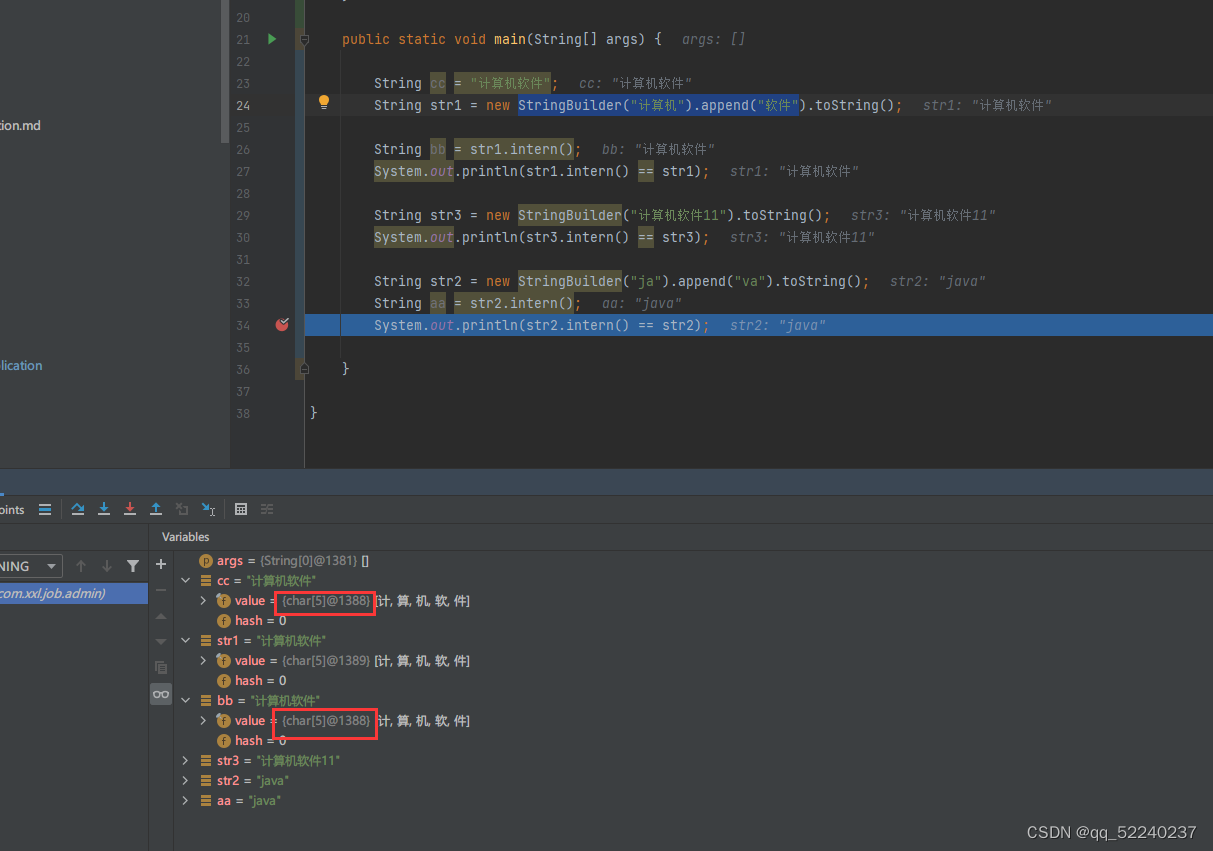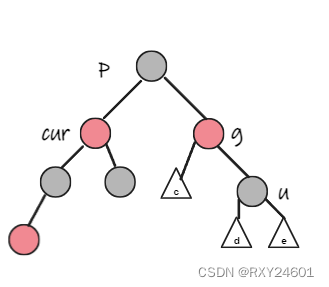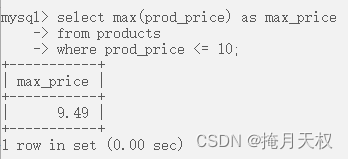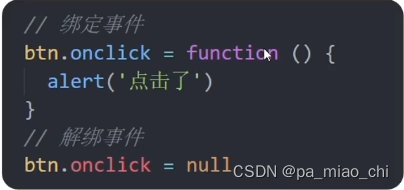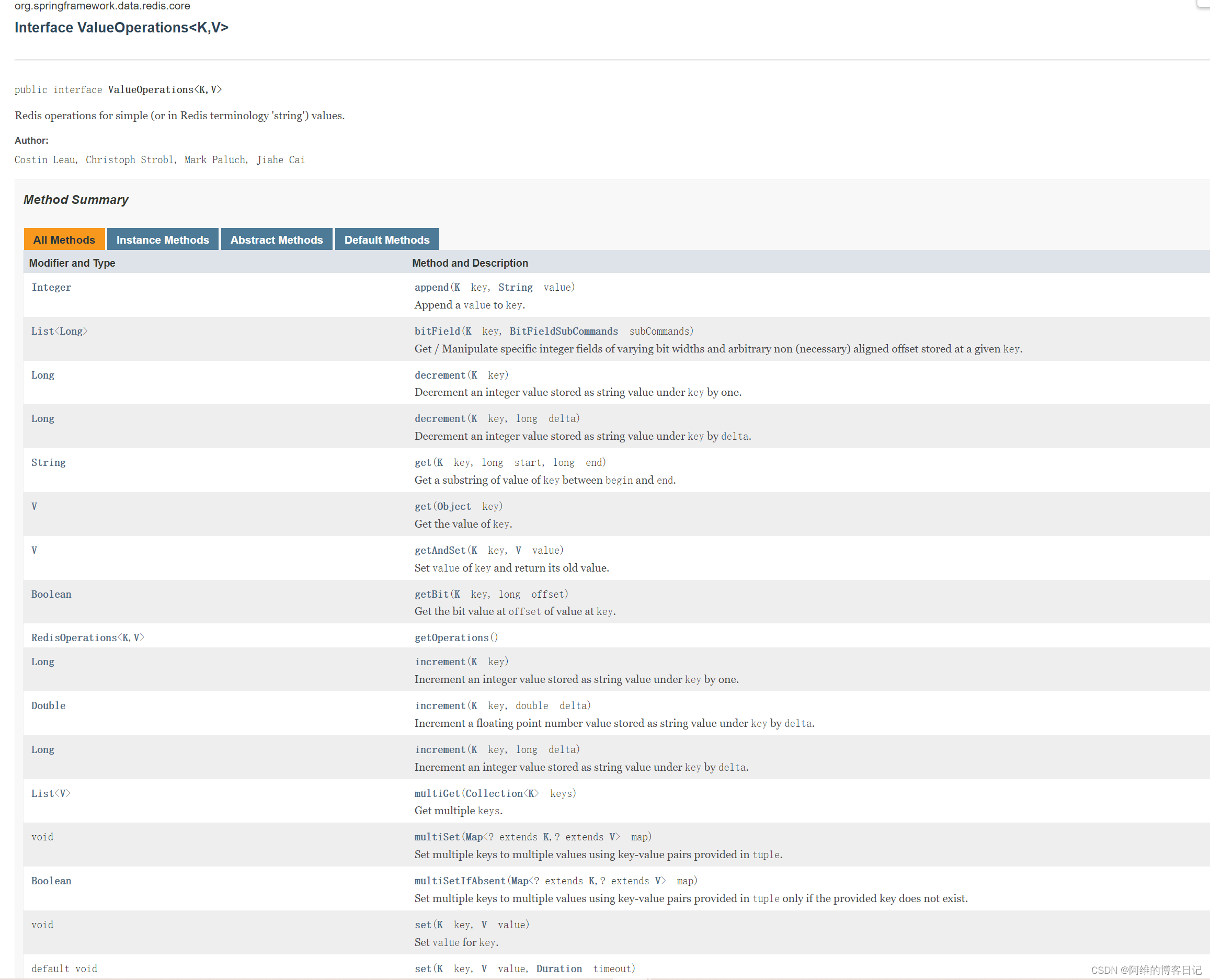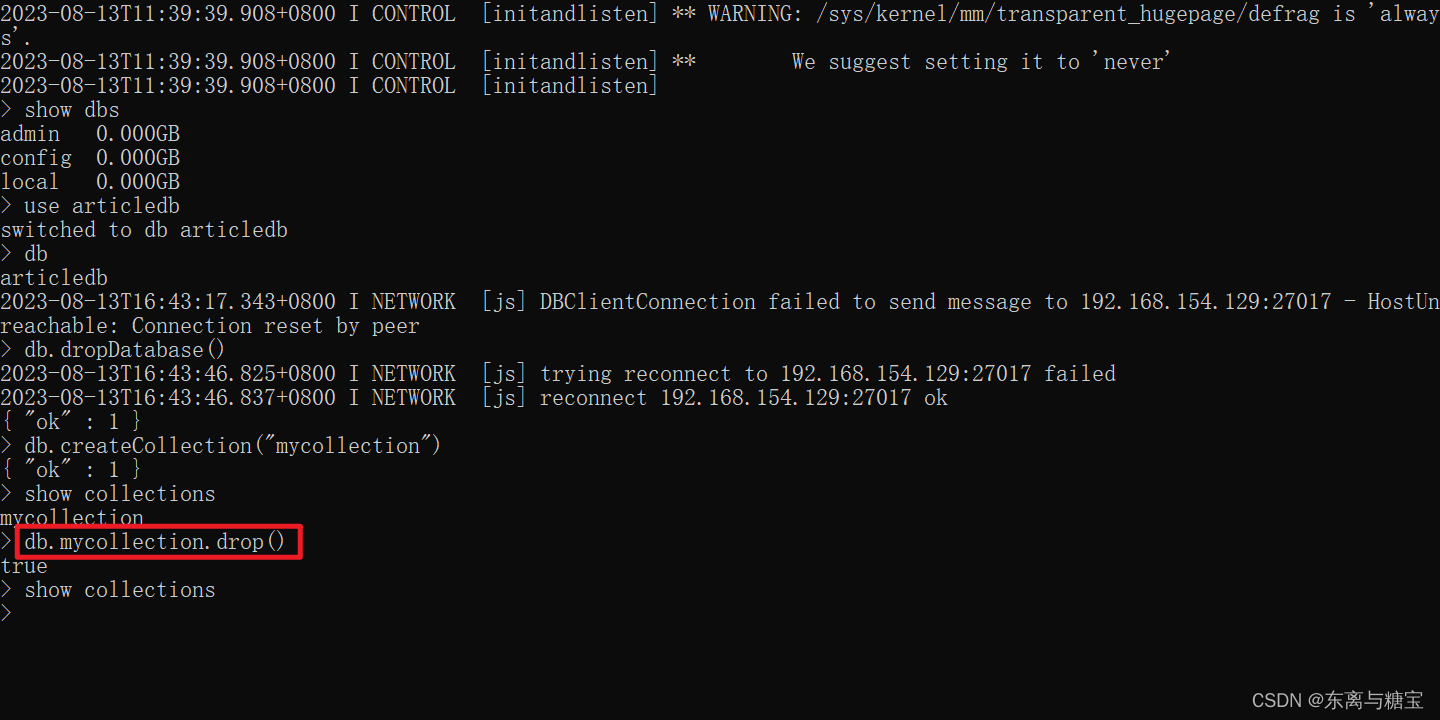【Pytroch】基于K邻近算法的数据分类预测(Excel可直接替换数据)
- 1.模型原理
- 2.数学公式
- 3.文件结构
- 4.Excel数据
- 5.下载地址
- 6.完整代码
- 7.运行结果
1.模型原理
K最近邻(K-Nearest Neighbors,简称KNN)是一种简单但常用的机器学习算法,用于分类和回归问题。它的核心思想是基于已有的训练数据,通过测量样本之间的距离来进行分类预测。在实现KNN算法时,可以使用PyTorch来进行计算和操作。
下面是使用PyTorch实现KNN算法的一般步骤:
-
准备数据集:首先,需要准备训练数据集,包括样本特征和对应的标签。
-
计算距离:对于每个待预测的样本,计算它与训练数据集中每个样本的距离。常见的距离度量包括欧氏距离、曼哈顿距离等。
-
排序与选择:将计算得到的距离按照从小到大的顺序进行排序,并选择距离最近的K个样本。
-
投票或平均:对于分类问题,选择K个样本中出现最多的类别作为预测结果;对于回归问题,选择K个样本的标签的平均值作为预测结果。
2.数学公式
当使用K最近邻(KNN)算法进行数据分类预测时,以下是其基本原理的数学描述:
-
距离度量:假设我们有一个训练数据集 D D D,其中包含 n n n 个样本。每个样本 x i x_i xi 都有 m m m 个特征,可以表示为 x i = ( x i 1 , x i 2 , … , x i m ) x_i = (x_{i1}, x_{i2}, \ldots, x_{im}) xi=(xi1,xi2,…,xim)。对于一个待预测的样本 x new x_{\text{new}} xnew,我们需要计算它与训练集中每个样本的距离。常见的距离度量方式包括欧氏距离(Euclidean Distance)和曼哈顿距离(Manhattan Distance)等:
-
欧氏距离: d ( x i , x new ) = ∑ j = 1 m ( x i j − x new , j ) 2 d(x_i, x_{\text{new}}) = \sqrt{\sum_{j=1}^m (x_{ij} - x_{\text{new},j})^2} d(xi,xnew)=∑j=1m(xij−xnew,j)2
-
曼哈顿距离: d ( x i , x new ) = ∑ j = 1 m ∣ x i j − x new , j ∣ d(x_i, x_{\text{new}}) = \sum_{j=1}^m |x_{ij} - x_{\text{new},j}| d(xi,xnew)=∑j=1m∣xij−xnew,j∣
-
-
排序与选择:计算完待预测样本与所有训练样本的距离后,我们将距离按照从小到大的顺序排序。然后选择距离最近的 K K K 个训练样本。
-
投票或平均:对于分类问题,我们可以统计这 K K K 个样本中每个类别出现的次数,然后选择出现次数最多的类别作为预测结果。这就是所谓的“投票法”:
- y ^ = argmax c ∑ i = 1 K I ( y i = c ) \hat{y} = \text{argmax}_{c} \sum_{i=1}^{K} I(y_i = c) y^=argmaxc∑i=1KI(yi=c)
其中, y ^ \hat{y} y^ 是预测的类别, y i y_i yi 是第 i i i 个样本的真实类别, c c c 是类别。
对于回归问题,我们可以选择 K K K 个样本的标签的平均值作为预测结果。
总结起来,K最近邻算法的基本原理是通过测量样本之间的距离来进行分类预测。对于分类问题,通过投票法确定预测类别;对于回归问题,通过取标签的平均值来预测数值。在实际应用中,需要选择合适的距离度量和适当的 K K K 值,以及进行必要的数据预处理和特征工程。
3.文件结构

iris.xlsx % 可替换数据集
Main.py % 主函数
4.Excel数据

5.下载地址
- Excle资源下载地址
6.完整代码
import torch
import pandas as pd
import numpy as np
from sklearn.model_selection import train_test_split
from sklearn.metrics import accuracy_score, confusion_matrix
import matplotlib.pyplot as plt
def knn(X_train, y_train, X_test, k=5):
X_train = torch.tensor(X_train, dtype=torch.float32)
X_test = torch.tensor(X_test, dtype=torch.float32)
y_train = torch.tensor(y_train, dtype=torch.long)
predictions = []
for i in range(X_test.shape[0]):
distances = torch.sum((X_train - X_test[i]) ** 2, dim=1)
_, indices = torch.topk(distances, k, largest=False) # 获取距离最小的k个邻居的索引
knn_labels = y_train[indices]
pred = torch.mode(knn_labels).values # 投票选出标签
predictions.append(pred.item())
return predictions
def plot_confusion_matrix(conf_matrix, classes):
plt.figure(figsize=(8, 6))
plt.imshow(conf_matrix, cmap=plt.cm.Blues, interpolation='nearest')
plt.title("Confusion Matrix")
plt.colorbar()
tick_marks = np.arange(len(classes))
plt.xticks(tick_marks, classes)
plt.yticks(tick_marks, classes)
plt.xlabel("Predicted Label")
plt.ylabel("True Label")
plt.tight_layout()
plt.show()
def plot_predictions_vs_true(y_true, y_pred):
plt.figure(figsize=(10, 6))
plt.plot(y_true, 'go', label='True Labels')
plt.plot(y_pred, 'rx', label='Predicted Labels')
plt.title("True Labels vs Predicted Labels")
plt.xlabel("Sample Index")
plt.ylabel("Class Label")
plt.legend()
plt.show()
def main():
# 读取Data.xlsx文件并加载数据
data = pd.read_excel("iris.xlsx")
# 划分特征值和标签
features = data.iloc[:, :-1].values
labels = data.iloc[:, -1].values
# 将数据集拆分为训练集和测试集
X_train, X_test, y_train, y_test = train_test_split(features, labels, test_size=0.2, random_state=42)
y_pred = knn(X_train, y_train, X_test, k=5)
accuracy = accuracy_score(y_test, y_pred)
print("训练集准确率:{:.2%}".format(accuracy))
conf_matrix = confusion_matrix(y_test, y_pred)
print("混淆矩阵:")
print(conf_matrix)
classes = np.unique(y_test)
plot_confusion_matrix(conf_matrix, classes)
plot_predictions_vs_true(y_test, y_pred)
if __name__ == "__main__":
main()
7.运行结果




